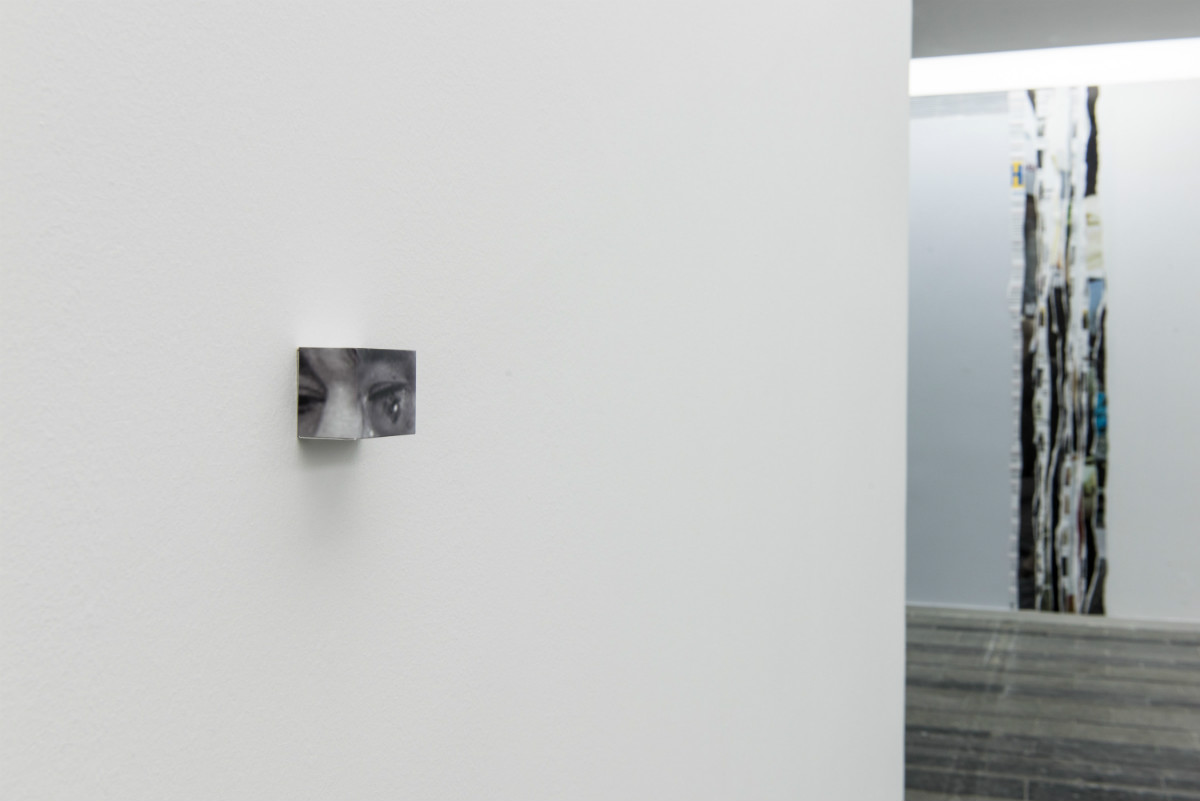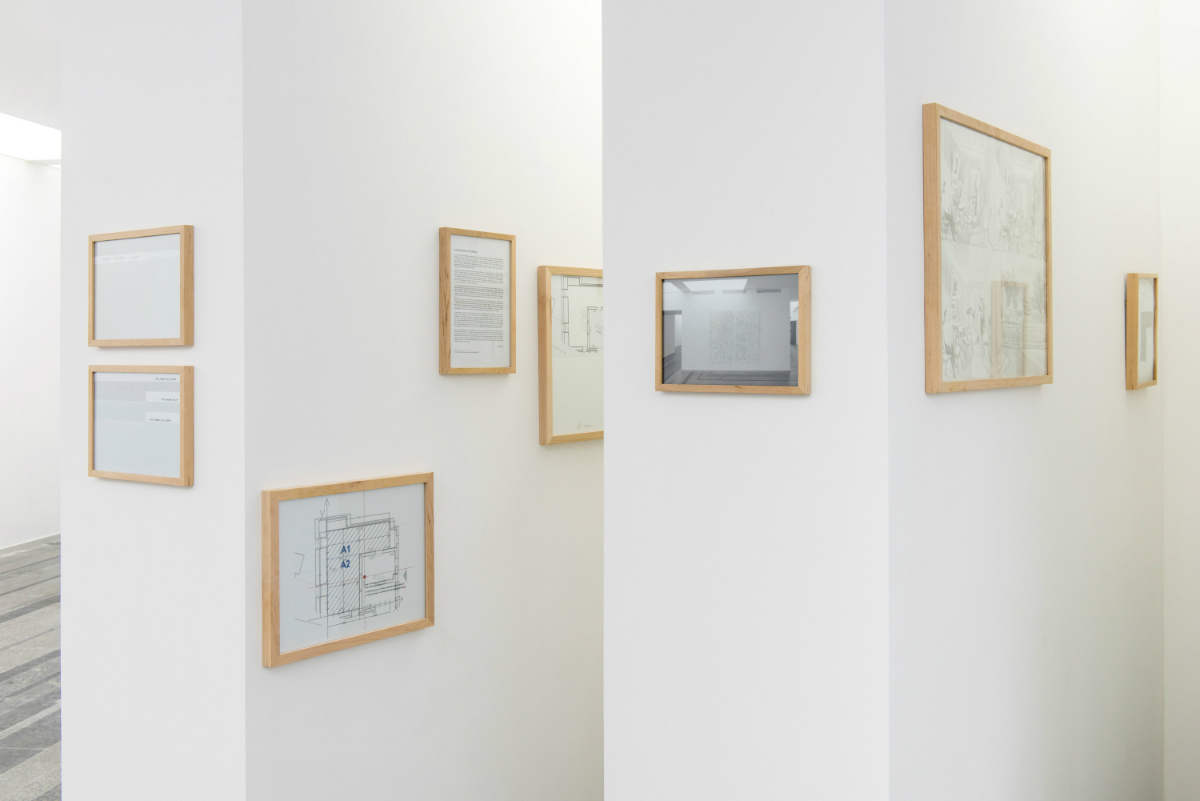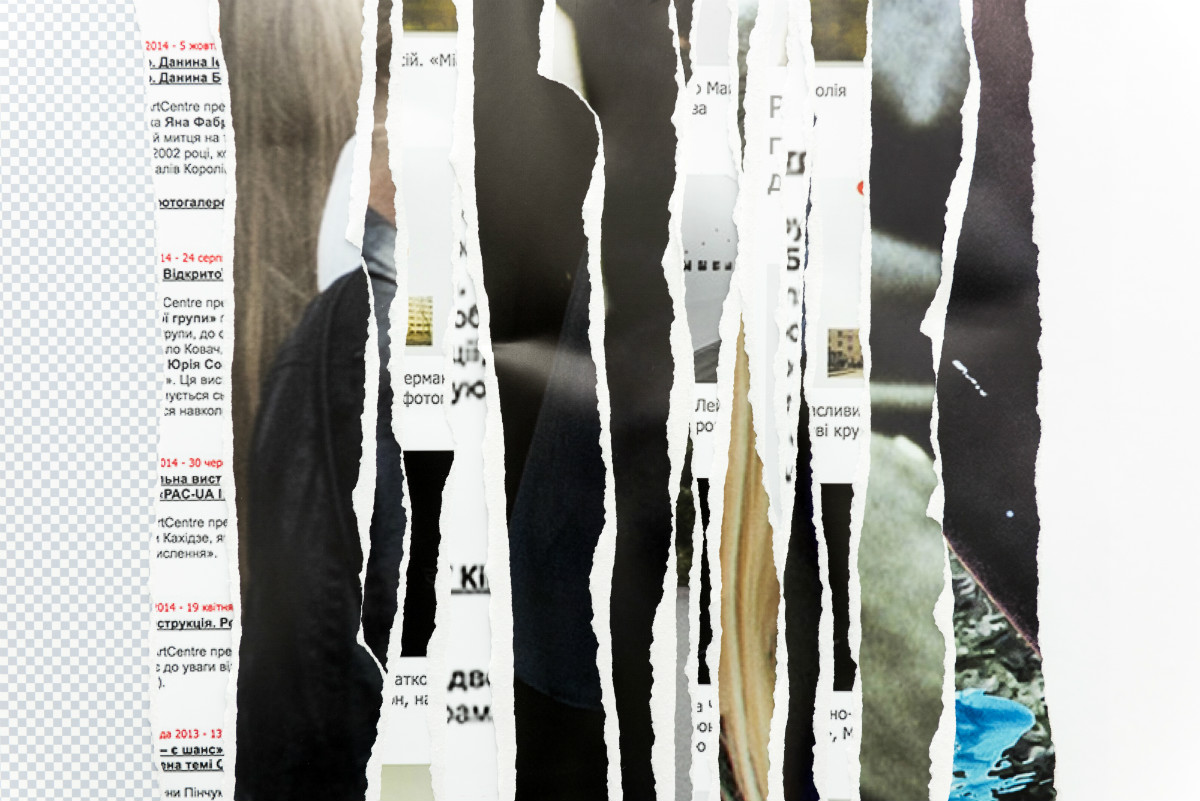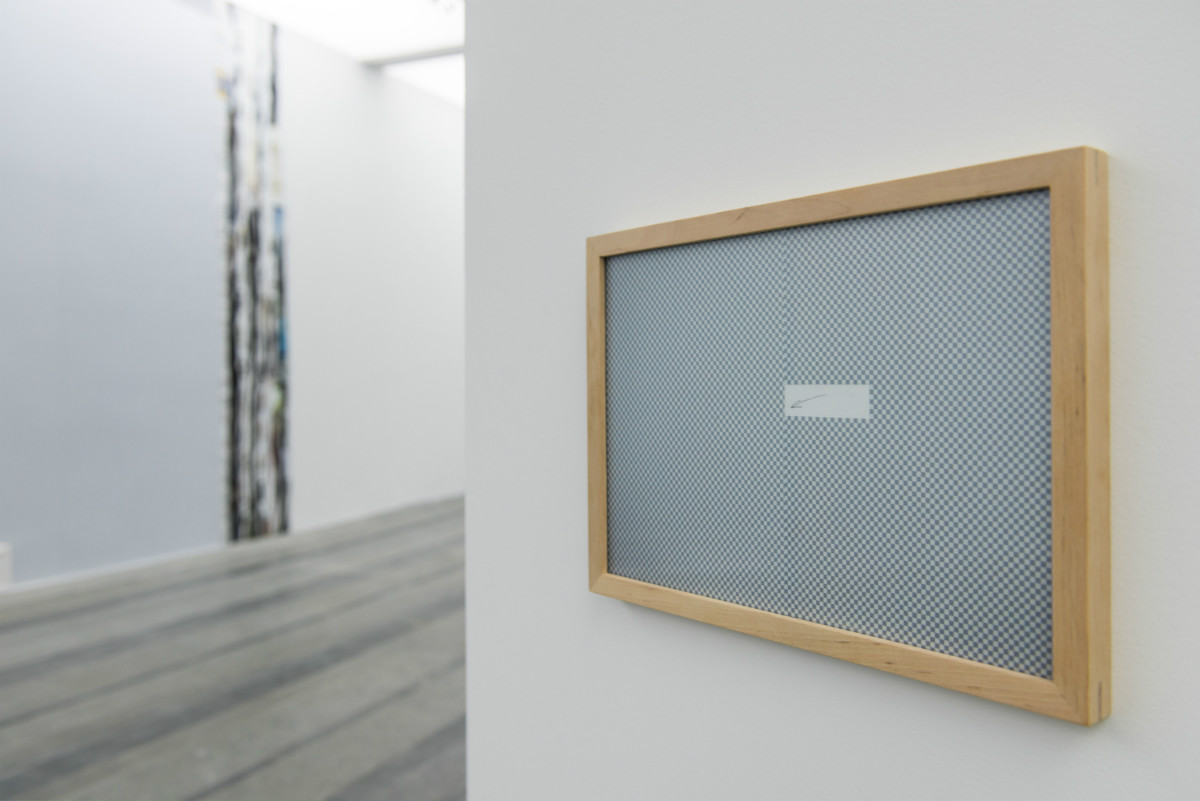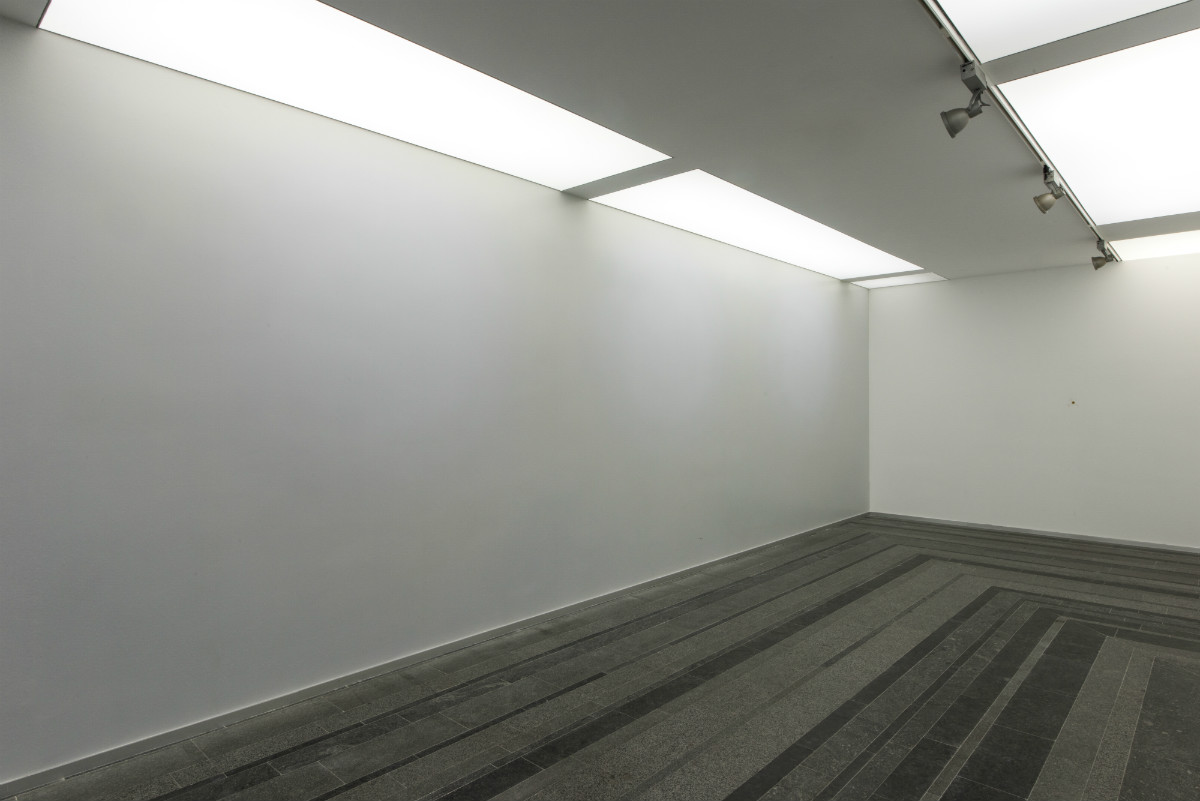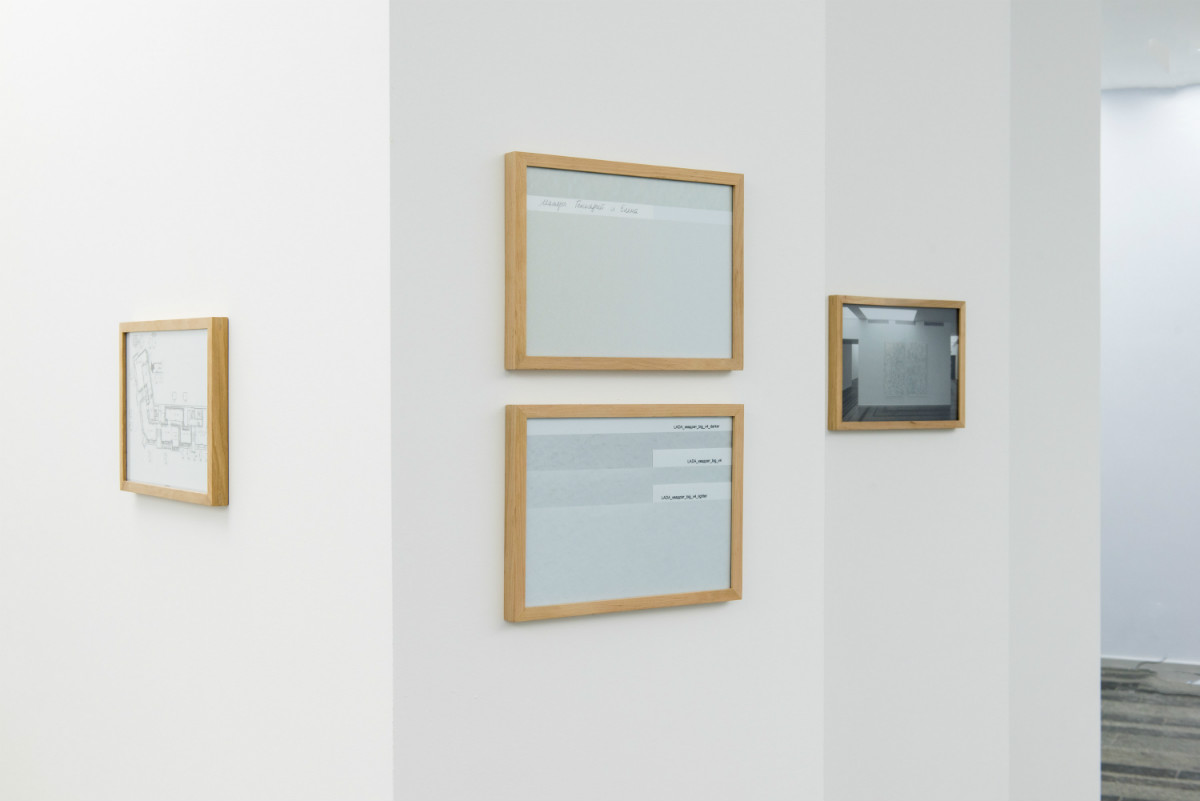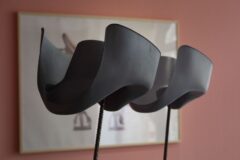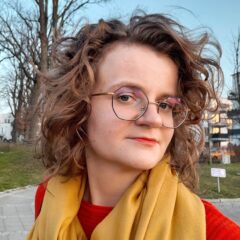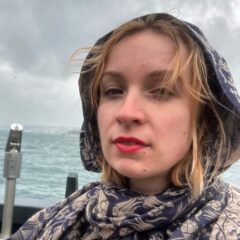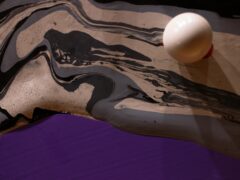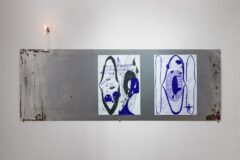Emptiness is an Illusion. Conversation with Anna Smolak
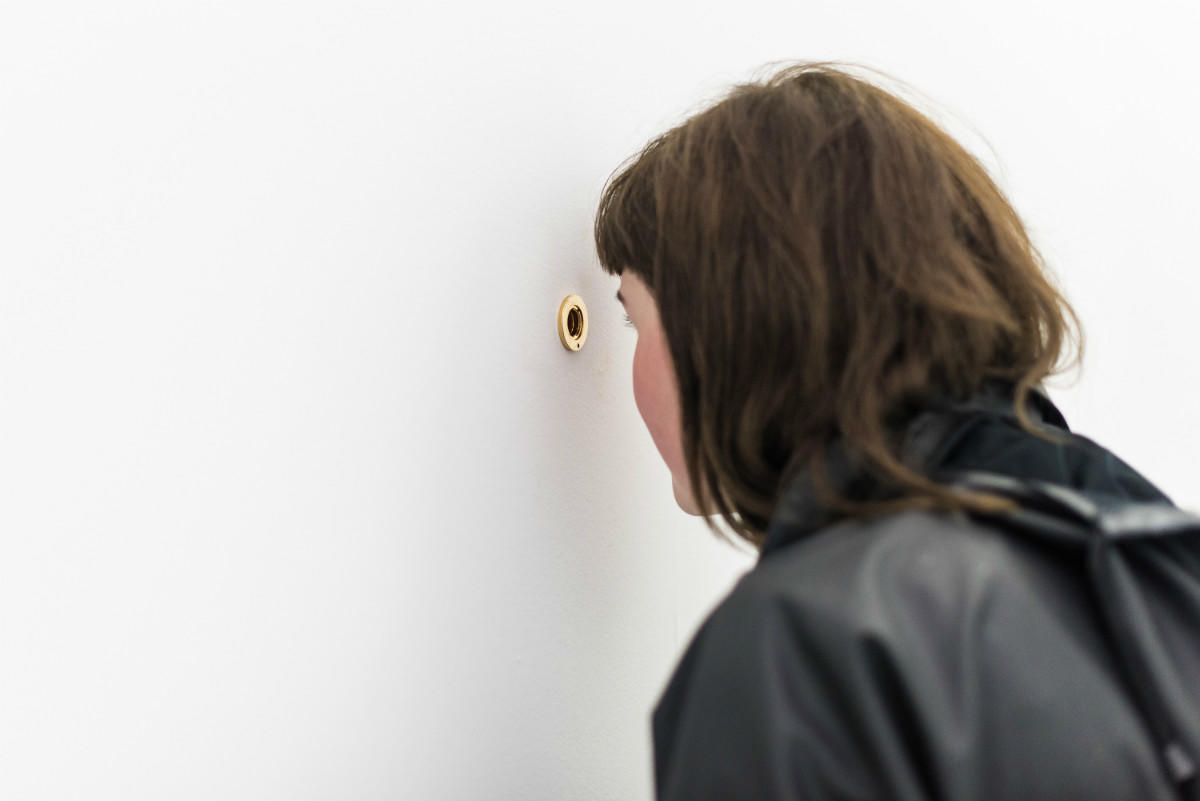
In May 2016 Pinchuk Art Center has launched Research Platform in order to generate a living archive of Ukrainian Art from the early 80ties till present. The research attempt to engage with a broad understanding of artistic practices in Ukraine, including institutions and personal histories. The exhibition practice is developing in three main directions and occupies the entire 4th floor of the PinchukArtCentre: thematic exhibitions, a presentation of the Collection, and „PAC-UA Reconsideration” that fosters artistic production. The latter has provided the framework for the Exhibition by Lada Nakonechna .
Tatiana Kochubinska: First of all, I would like to ask you about your perception of the project „Re-consideration”. This project is very much related to the research of the local art scene. Originally, it appeared as a response towards Ukrainian art history being called a „history of interruptions”. With this project, on the contrary, we invite artists to rethink their own practice in order to make links between artistic practices of different generations of Ukrainian artists visible. So in a way, we set the artists a certain task. By inviting you to curate an exhibition, automatically you were set this task as well. How did you meet this challenge? What does it mean to you to reconsider tradition? How does this correlate with your curatorial practice?
Anna Smolak: First of all, I think that the task of the artist and task of the curator differ, especially for me – coming from outside. When you invited me to participate in the project „Re-consideration”, I felt I would like to contribute, since the framework of the project corresponded with my previous investigations in the Post-Soviet region. At the same time I was aware of various practical and content-related limitations that would make this task challenging. The time framework of the project was very tight and my knowledge of the recent history of Ukrainian art was definitely insufficient to make a statement.
As I have said, I am from outside, from another country, but of course there is history that we share and the processes of transformation that we go through – albeit with different dynamics – have also been our common experience. And for every society not to become trapped in the past is a must so as to be able to reconsider its tradition (whatever tradition we have in mind). I would see it, however, as a continuous process rather than a single task.
As a curator, I am looking for different artistic formats to put these experiences and expectations into a dialogue and to question, alongside with the artists, the complexity of the issues inherent in the context we are put in. The process of working on the show is equally important for me as the final result, and as such, the project becomes a practice-based research, rather than the other way round.
You mentioned practice-based research and after reconsidering the practice you came to the idea of reconsidering institution. Was it related to meeting Lada Nakonechna during your research trip?
I would say that a lot of things came together at the same time. My first encounter with the PinchukArtCentre happened just in December.[1] My observation was that the general perception of the institution does not correlate with how the PAC sees its own role locally. And I was lucky to be there in the very interesting moment for the institution of redefining its programme through the research platform that you and Björn[2] have been developing as curators.
Meeting Lada Nakonechna and getting to know her practice better definitely made me think about different institutional entanglements and responsibilities that we could approach. Through the conversation we came up with the idea of responding to the research platform, which is about history, but the history that has already been filtered through institutional narratives. These are the archive, the exhibition around the topic of guilt, and the collection. All of these create the closest context of the space in which we were supposed to work.
You were invited to curate an exhibition, which is an autonomous exhibition, but at the same time it has also been integrated into one bigger programme. Content-wise, were you trying to relate your project to the whole programming of the new Research Platform with its different exhibition directions?
Yes. Actually, our conversation started with the space. We basically looked at the plan of the 4th floor and noticed our position within the Research Platform, which is at the very end corner of the floor. In order to reach our space, you have to walk through all the shows. While we imagined this situation, we started thinking about what kind of histories those shows reveal. What do they represent? How are they constructed? What is visible and what is hidden? For example, if you think about the PAC collection – is it representative of a certain period of time, or the institution’s mission; what is its constituency? You can raise similar questions about the archive. What kind of source material does it assemble? How are the materials selected and displayed? We refer to all those questions in the Exhibition. This may cause certain confusion, because we’re discussing more than merely a single aspect of the exhibition. Instead, we want to reflect upon how complex a medium the exhibition is. Lada’s voice stands for her generation. She attempts to define her own position within those historical narratives. You will find many speculations in Lada’s project that confront with the artworks presented within the collection.
So, Lada’s project is a critical reflection towards the institutional format, but it is relevant not only for the specific institution such as the PinchukArtCentre. I am talking about the fast, global thought production. When the artist does not have proper time to reflect and is forced to produce things. Is this one of the issues that you also included in the Exhibition?
As the title implies, this could be any exhibition in any institution at all but we have made it specific by responding to its particular spatial and ideological circumstances. If you really want to classify, Lada’s exhibition is an institutional critique, an artistic strategy that aims to reflect upon the complexity of the institutional entanglements. It is about the negotiations between the inside and the outside of the institution, about questioning the mechanisms of artistic production and its limitations and about how art is mediated through different formats of display.
Our departure point is an exhibition space, an archetypal white cube – with windows covered with plates that isolate the room from outside, artificial daylight coming from the ceiling and white-painted, „prepared walls”. These conditions of display were originally intended to provide an autonomous space for the artworks, a space that would be almost sacral. We are questioning those conditions as not neutral; rather they actually determine the way art is perceived and message is formulated.
You mentioned institutional critique. In Western Europe this notion has a certain history; it is something conventional, established. In Ukraine it is developing. The artist uses the strategy of institutional critique towards the institution hosting a project. For me it is an important step now to show the readiness of a institution for self-reflection. How do you find this collaboration within our institution, in comparison to your experience elsewhere in Europe?
Institutional critique has been adopted by Western institutions as a tool that allows to monitor and re-direct decisions taken within it since the 1990s. But even in Poland, as far as I know only very few institutions implement deliberate institutional critique strategies. It is tricky to propose a project that by its nature aims to criticise the institution in which it is taking place; however, critique does not mean a negation but rather raising awareness of the circumstances that we have to deal with. These may be problematic or even embarrassing to articulate, because of the policy of the institution. And, you see, problems that are embarrassing are rarely voiced within the institution; personal relationships, hierarchies, exhaustion, even financing can fall into this category. I believe once we approach them and acknowledge that all these aspects exist in our routine and affect our practice, we can start negotiating them.
I am rather far from making radical statements. It is not my way of discussing things, and I don’t believe anymore in black and white. The power of Lada’s project is that it is very subtle and also humorous in a way in connects different threads that lead you to crucial aspects of the institutional role, yet it gives you the choice of what you want to see.
You underline the confusion created by Lada’s space because of its emptiness, but at the same time this emptiness is full of meanings. Could you describe some of the aspects of the work, its complexities?
First of all, we should step once again back to the title. It is very simple – just the Exhibition. Exhibition is obviously what you expect in an art institution. But when you ask what medium the exhibition employs, you start thinking about the artworks, selection process, ways of directing the viewer, processes preceding the exhibition, the people involved, the costs and so on. Lada’s project consists of reused works and their fragments. There are some new parts added, like drawings and sketches, but they have no autonomy within the space. On the contrary, they are quite integrated into the space, and the space itself becomes a very important component of the exhibition. The emptiness that you face is an illusion. There are different visual qualities incorporated into it but you have to make an effort in order to recognise the artistic gesture and the meaning it conveys. That’s where the confusion comes from.
The walls are covered with wallpaper that uses popular patterns adopted from visual culture, from the Photoshop and the Internet. They address the question of transparency, mediocracy and illumination as ways of manipulating the public (society in broader sense). They are confronted with artificial walls that contain a kind of the exhibition archive. You will find different materials there that reveal the artistic process, including our collaboration. They are speculations about decision making and our positions towards the institution and the viewer and, last but not least, towards each other. The archive is only seemingly accessible. There are physical limitations in getting the information and it is not clear what is factual and what has been manipulated. The archive is about the way that the resources are collected, displayed and selected; it is about clarity of procedures. Moreover, we speak about the transparency to offer different ways of seeing, not only of things, but also through things, to direct to the viewer the responsibility of recognising and questioning the information provided.
By placing eyeholes in the walls, Lada has created a connection both with the outside and the inside of the institution in order to map out the context in which she is making her artistic statement.
One of the questions that you included in your exhibition is the position of the artist. In my view, it is the artist who is Number One within the art system. And this position of the artist is conveyed in the exhibition through the intervention into the collection space that you’ve mentioned. Were you intending to highlight the artist’s position and make it visible and present inside the exhibition space?
Well, probably many artists would disagree, as today they feel more and more often exploited by the art system rather than being its driving force.
In the Exhibition, we both attempt to redefine the positions from which we speak. Of course you want this position to be central. The „gravity centre” of the space that we found through the simple geometrical calculation responds to this desire. What is interesting, and perhaps ironic, is that we found this point of the L-shape floor plan outside the exhibition space. It turned out to lie in the neighbouring space of the collection. This may sound like renouncing reality but we actually followed the logic of geometry, and we consulted all the steps with an architect. You can relate this gesture back to the concept of the white cube and the responsibility of art and its institution within society today. Once we find ourselves in the room housing the collection, we may question the traditional institutional museum-like narratives that propose a linear way of thinking, where gaps function as obstacles rather than pointers.
In our space, there is a small-format photograph of an injured eye. As it happens, the wound is a consequence of looking. To look is not a politically neutral activity and it can come at a price, but to refuse to see would be ignorant. If you ask about the position of the artist within the institution, I am afraid artists have to manoeuvre in the dark, as many aspects of such collaboration have not been properly articulated. This puts the artist in the very uncomfortable position of becoming part of the mechanism that is blurred. The dominance of the institution in the art system closes the door for negotiation – although I wish that we could talk about a dialogue.
[1] In December 2015, Anna Smolak was a member of the international jury of the PinchukArtCentre Prize-2015.
[2] Björn Geldhof – deputy artistic director at Pinchuk Art Center
Przypisy
Stopka
- Osoby artystyczne
- Lada Nakonechna
- Wystawa
- Exhibition
- Miejsce
- PinchukArtCenter, Kiev
- Czas trwania
- 21.05-04.09.2016
- Osoba kuratorska
- Anna Smolak
- Strona internetowa
- www.pinchukartcentre.org


